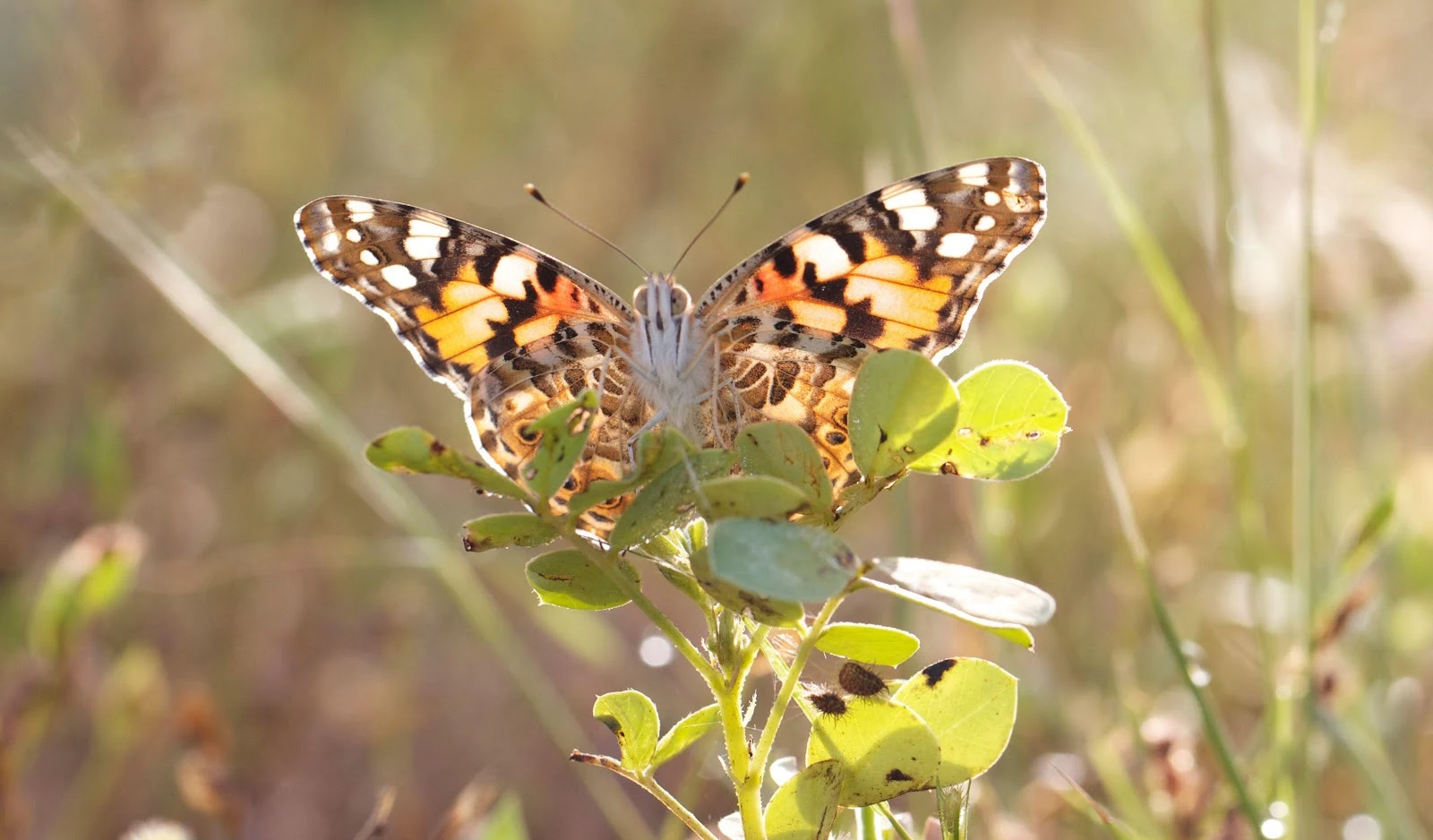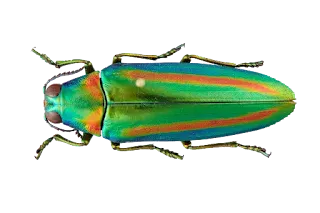Fearless frogs feast on deadly hornets | Kobe University News site

The venomous stinger of an Asian giant hornet (Vespa mandarinia). The venom injected by this stinger can cause sharp, intense pain as well as local tissue damage and systemic effects such as destruction of red blood cells and cardiac dysfunction, which may even be fatal.
© Shinji Sugiura, Ecosphere 2025 (DOI 10.1002/ecs2.70457) (CC BY)
Yes. As I’ve observed myself, the common pond frog eats wasps apparently with impunity. I once watched a frog in our garden pond consume three wasps within a few minutes as they came down to drink. These frogs have, of course, evolved in the presence of wasps.
Now, according to research by Shinji Sugiura at Kobe University, Japan, published today, open access, in the journal Ecosphere, frogs that have evolved alongside an even more dangerous member of the wasp family – the Asian giant hornet – have also evolved resistance to venom that is toxic, even lethal, to many other creatures.
Creationists, however, insist that evolution does not happen and that wasps, frogs, and hornets were all intelligently designed by a supernatural deity synonymous with the god of the Bible and Qur’an. This leaves us wondering why an allegedly omnipotent, omniscient, supremely intelligent designer would equip wasps and hornets with a sting to defend themselves against predators, only then to design predators with resistance to that sting.
Creationists normally ignore this question, of course. Even their stock excuse – 'The Fall' – cannot be applied here. Neither frog nor hornet is parasitic on the other, except in the trivial sense that any predator is a “parasite” on its prey. But in this case, the frog appears to be the beneficiary: it gains a meal at no cost, while the wasp or hornet loses its life. And it is difficult to imagine that the genes conferring this immunity do *not
As the outcome of an evolutionary arms race, both the sting and the resistance in frogs make perfect sense—no need to invoke some forgetful designer who cannot recall what it supposedly created yesterday and treats it as a problem to be solved today.
In the case of these frogs, there may even be two distinct forms of immunity: resistance to pain and resistance to toxicity. It is already known that some hymenopterans deliver an excruciating sting with low toxicity, while others deliver a highly toxic sting with little or no pain.



































